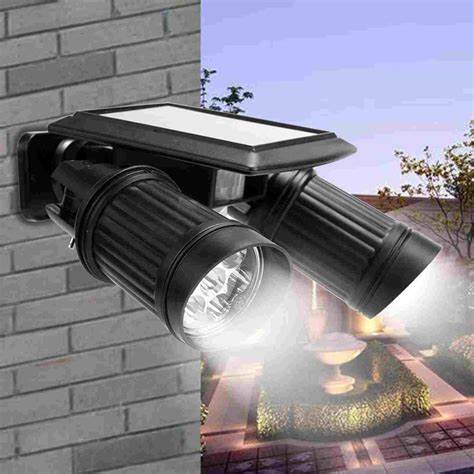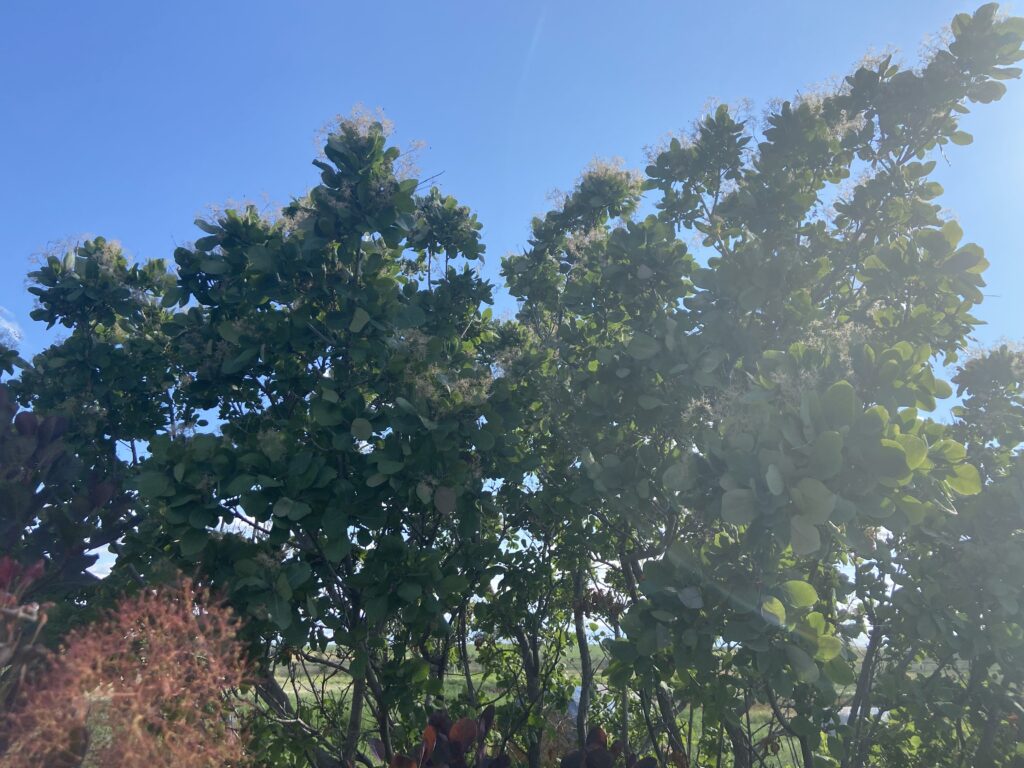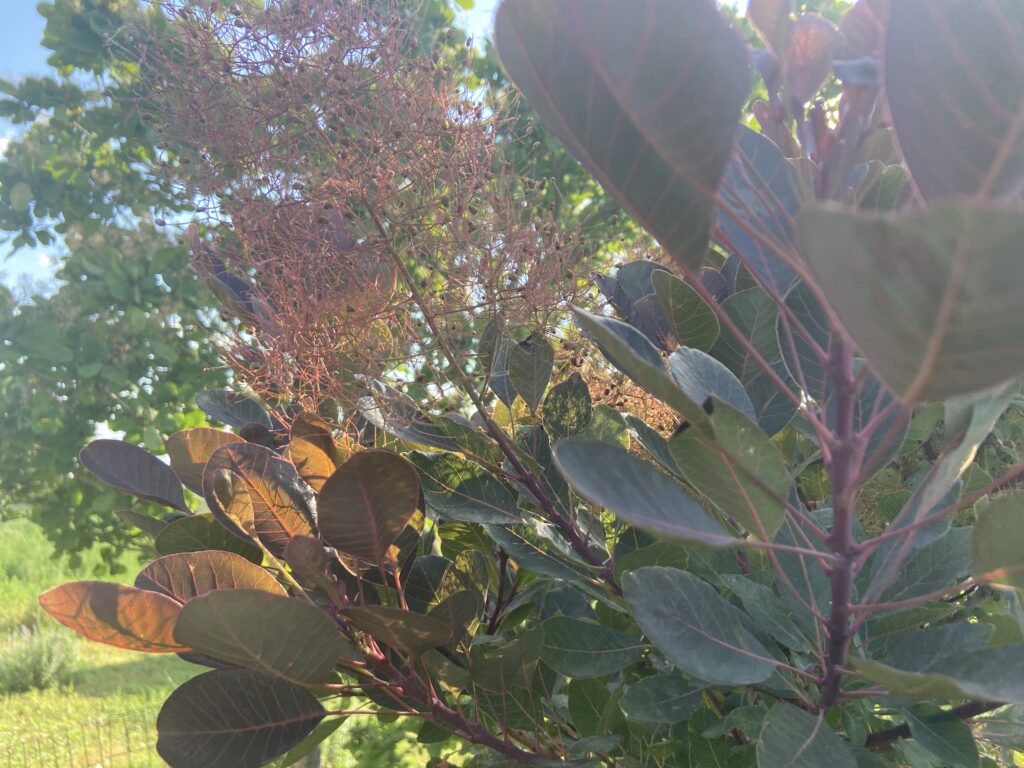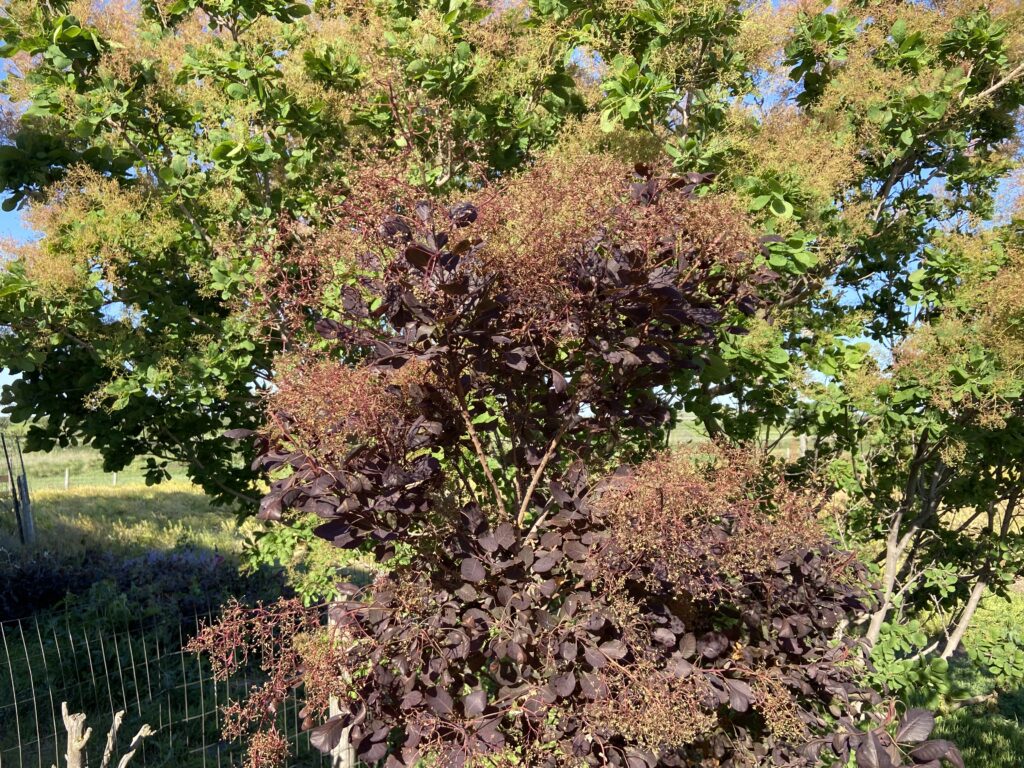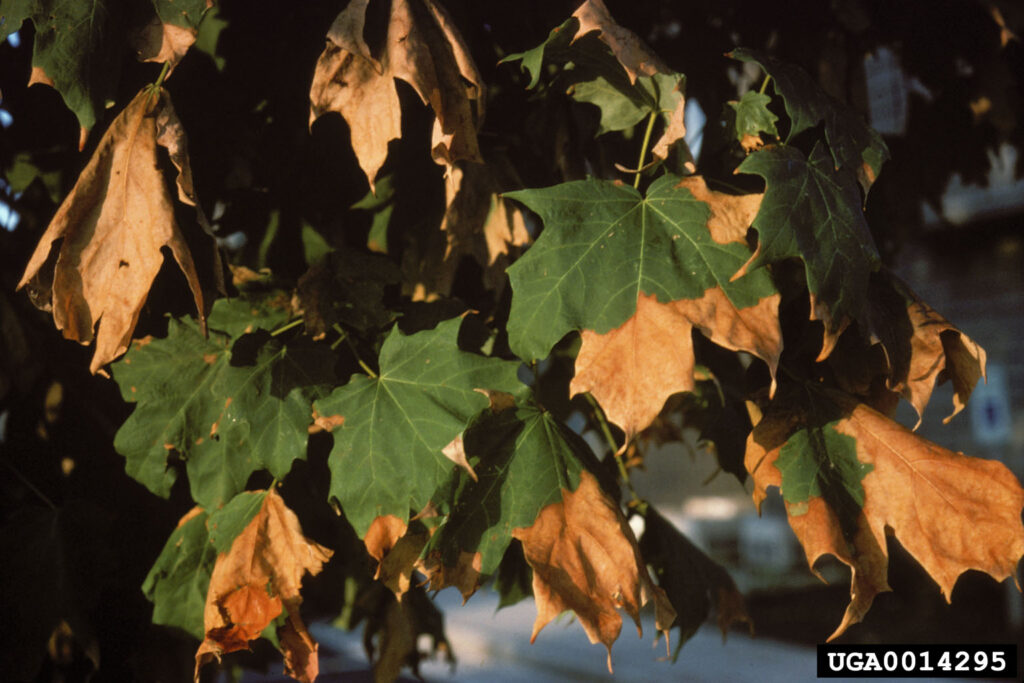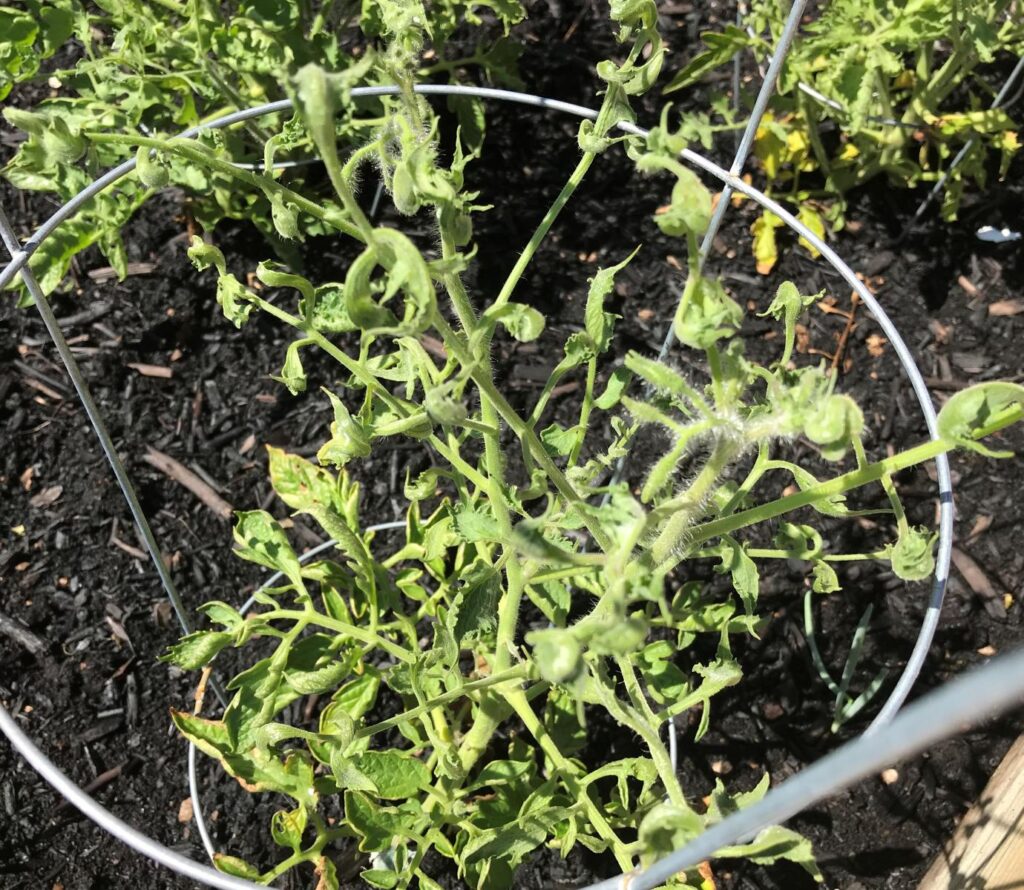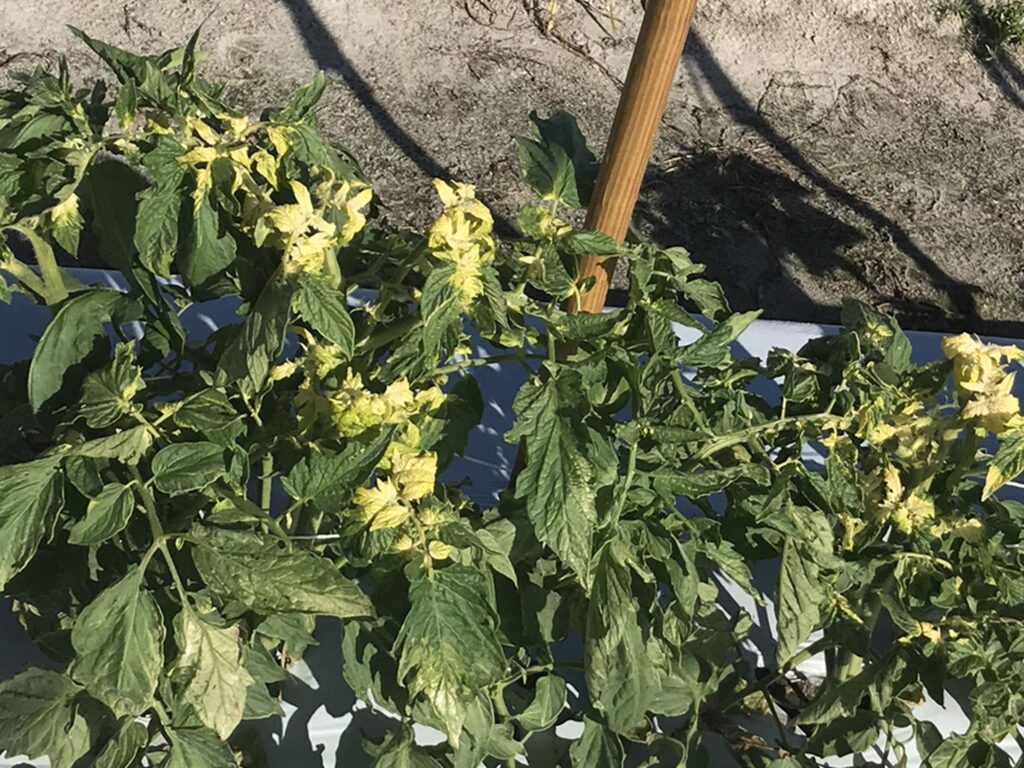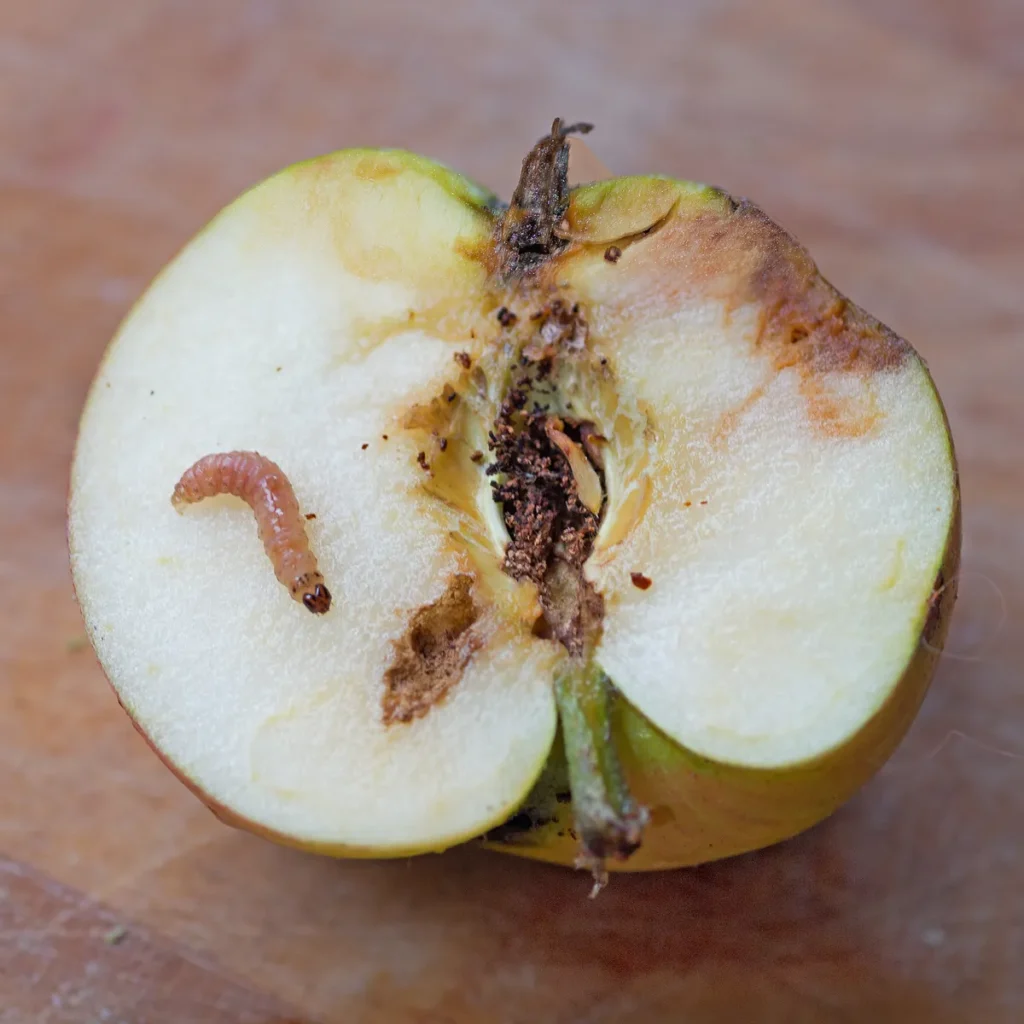Lighting your landscape areas gives you an interesting look at your back or front yards at night. It provides interest, security, and color. The easiest way to do this is to use solar lights. They do not cost anything to run, are easy to install, and can be moved around. Solar lights come in many different styles and colors of light.

The main ones are pathway lights which will give you a lighted walkway, especially steps. Low-level lighting can be flushed to the outside of the walkway.
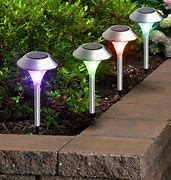
Accent lights can be used in the landscape to focus on certain planting areas. That can be placed around the perimeter to create textures of light and dark. Place stringed solar lights (fairy lights) along a fence or for climbing plants. Christmas rope lights along the edging work great giving a warm colored glow.
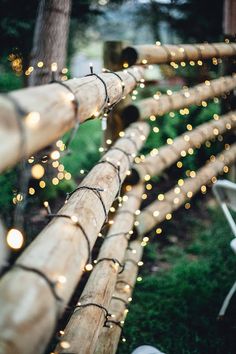
Add a little whimsy to the area by using lighted butterflies, garden globes, or lanterns. Flickering tiki torches not only add light but motion to an entrance area.
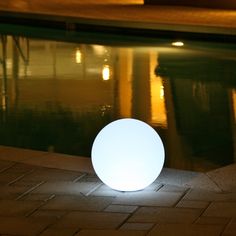
Use a string of light bulbs or solar pendants to illuminate your patio areas.

Do not forget the dark areas of the backyard. There are motion sensor floodlights that will provide you with extra security.
